This past winter I picked up some field-grown cork oaks. Most of the soil fell away from the roots when they were dug so I potted them the day they arrived. The one question I had at the time was whether or not to remove the leaves.
I’d seen the question posted a number of times and have heard responses suggesting both approaches. For this batch, I decided to keep all of the leaves. Oaks tend to drop their leaves in spring when new growth emerges so I figured it was only a matter of time before they fell off on their own.
I potted the trees in bonsai soil (pumice, lava, akadama) with extra pumice and left them in a sunny spot on the ground.
Within weeks, one tree lost had lost a few leaves, two trees had lost most of their leaves, and the leaves on the fourth tree died but didn’t fall off – typically a very bad sign.
Two months on, it’s easy to tell which trees are which.

Cork oak – this one kept its leaves
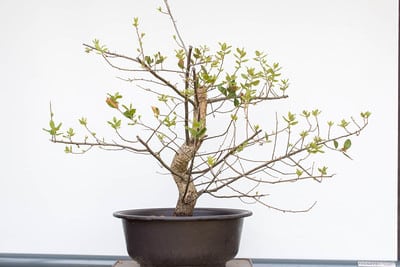
Cork oak – this one lost its leaves quickly
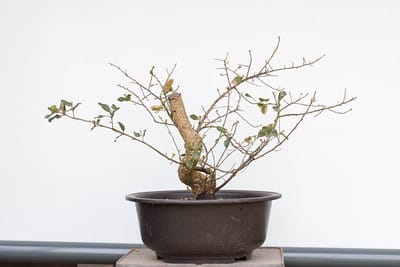
This one also lost its leaves quickly
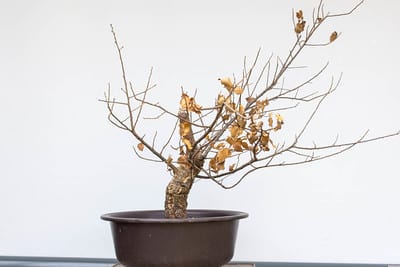
The leaves on this oak died but did not immediately fall off
The first tree, the one that kept its leaves, began growing quickly – the new shoots are now several inches long. The two that lost their leaves are budding well and are off to a good start, though they are moving slowly compared to the tree that didn’t lose its leaves.
The fourth tree doesn’t look good. It had very few roots and showed no signs of life until recently. Just this morning, I thought I saw that a few buds had started swelling. Will report back on that one.
I’ll try removing the leaves from the next batch I work on, but for now the big takeaway is to generate the best roots possible before digging. The more healthy a tree is before digging, and the more fine roots that are close to the trunk, the better.
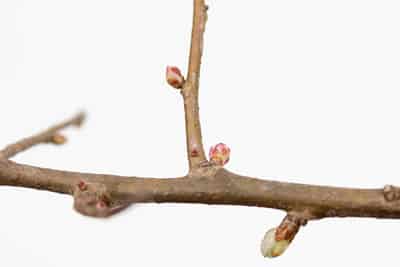
New buds
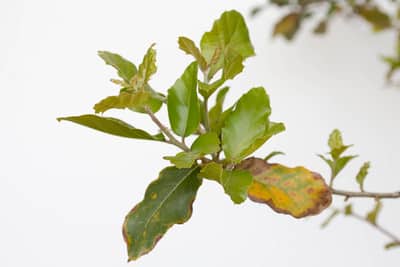
Spring growth – note the discoloration on the old leaves that are about to fall off
One great characteristic of cork oak is that they can bud from old wood. I was happy to see many new buds appear along the trunk. The one surprise was that buds can emerge directly from large cuts.
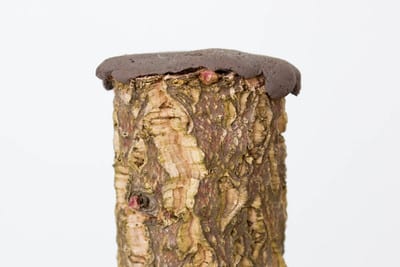
Bud emerging where the trunk was cut
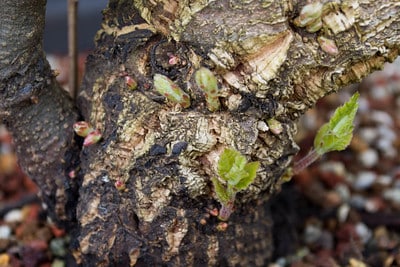
Buds emerging low on the trunk
For now I’m letting the new shoots mature a bit – even a slight touch at this point can break them. The next step will be to thin and wire the branches that will become part of the final design – more on that when the time comes.
Subscribe to Bonsai Tonight
New Posts Delivered Every Tuesday and Friday
Duncan says
Using cut paste with oaks (especially evergreen) is functionless. They have very hard wood that compartmentalizes damage quickly.
Laurel Raftery says
The old leaves have a pattern of discoloration that is often attributed to a bacterial or fungal blight. Did you check on that?
Jonas Dupuich says
Hi Laurel – thanks for the note about fungus on oak leaves. I didn’t check on that – will check to see if it shows up again and follow up if I find something’s going on.